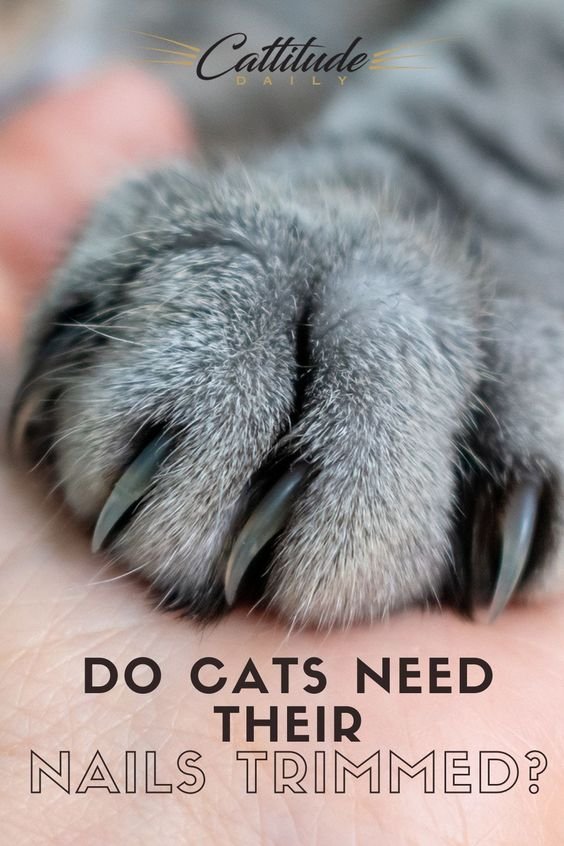Understanding Splitting Cat Nails: Causes, Care, and Prevention
A cat’s nails, also known as claws, are essential tools that they use for various activities, such as climbing, scratching, and self-defense. When a cat’s nails start splitting or cracking, it can be a cause for concern for pet owners. Understanding the causes behind splitting cat nails, providing proper care, and taking preventative measures are vital to ensuring the well-being and comfort of our feline companions. In this article, we’ll explore the common reasons for splitting cat nails and offer guidance on how to address and prevent this issue.
1. Natural Wear and Tear
Like human nails, a cat’s claws can experience natural wear and tear over time. As they use their claws for daily activities, such as scratching and climbing, the tips of their nails may gradually split or become frayed.
2. Overgrown Nails
If a cat’s nails are not trimmed regularly, they may become overgrown and prone to splitting. Long nails can easily get caught in carpets or other materials, leading to splits or breakage.
3. Nutritional Deficiencies
A well-balanced diet plays a crucial role in maintaining a cat’s overall health, including the health of their nails. Nutritional deficiencies, particularly in essential nutrients like biotin, can lead to weak and brittle nails, making them more susceptible to splitting.
4. Dehydration
Dehydration can affect the condition of a cat’s nails, causing them to become dry and brittle. Ensuring that a cat has access to fresh water at all times can help prevent dehydration-related nail issues.
5. Underlying Medical Conditions
In some cases, splitting cat nails may be a symptom of an underlying medical condition. Conditions such as fungal or bacterial infections, parasitic infestations, or autoimmune disorders can affect the health of a cat’s nails.
6. Trauma or Injury
Accidents or injuries to a cat’s paws can lead to nail splitting. For example, catching a nail in an object or experiencing trauma to the paw may cause nail damage.
7. Environmental Factors
Harsh weather conditions, exposure to harsh chemicals, or contact with abrasive surfaces can also contribute to nail splitting in cats.
8. Regular Nail Trimming
To prevent overgrown nails and reduce the risk of splitting, regular nail trimming is essential. Cat owners can use specialized nail clippers designed for pets or seek assistance from a veterinarian or professional groomer.
9. Proper Nutrition
Ensuring that a cat receives a well-balanced and nutritionally complete diet can promote healthy nail growth and strength. Discussing dietary needs with a veterinarian can be beneficial.
10. Environmental Safety
Creating a safe environment for a cat can prevent injuries and nail damage. Providing suitable scratching posts and protecting paws from harmful substances or surfaces can safeguard the health of a cat’s nails.
Splitting cat nails can be a concerning issue for pet owners, but with proper care and attention, it is often preventable and manageable. Understanding the potential causes, maintaining proper nail care, and addressing any underlying health concerns are key to promoting the health and well-being of our feline companions. Regular veterinary check-ups can help identify and address any nail or health-related issues, ensuring that our cats lead happy and comfortable lives.


